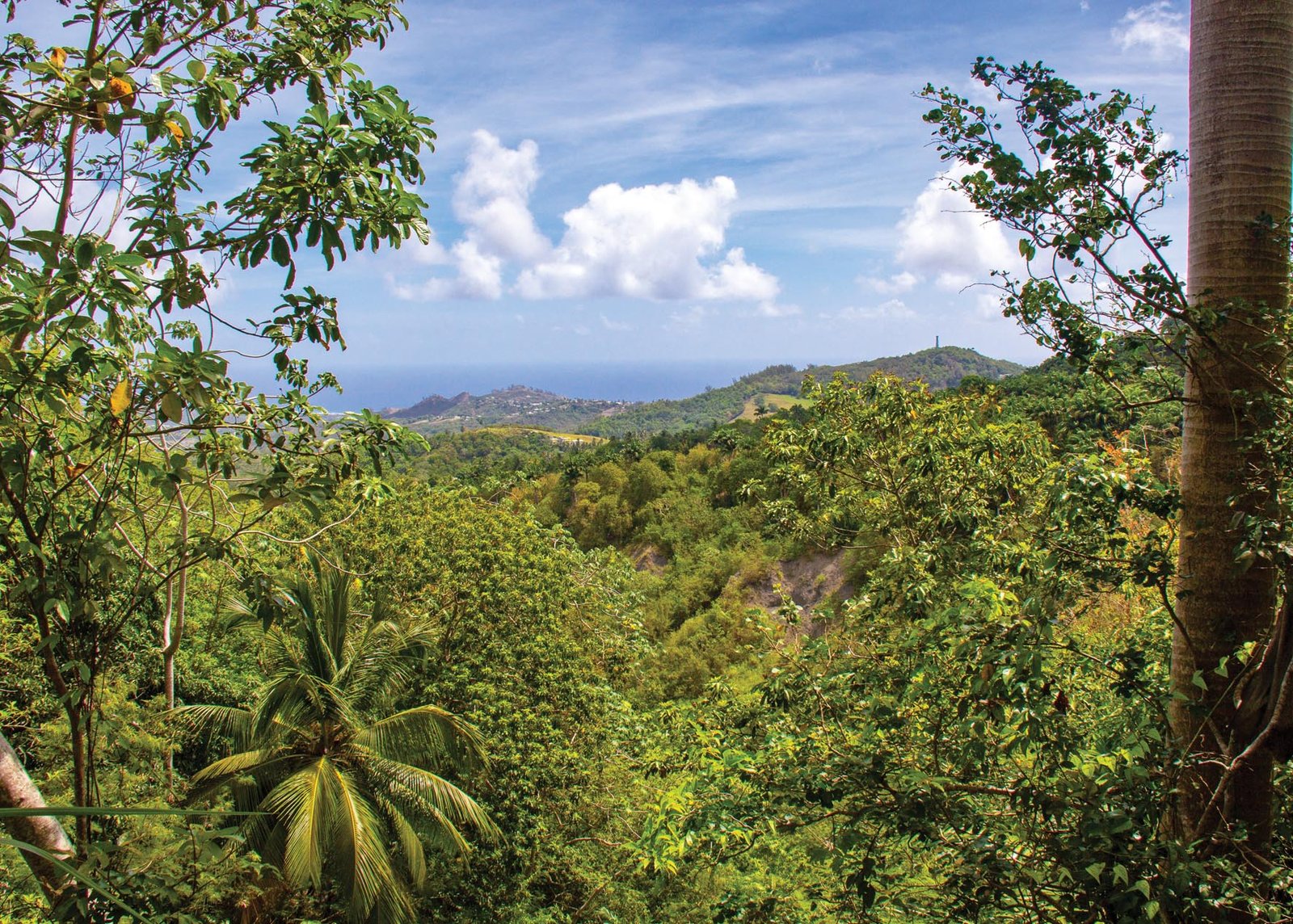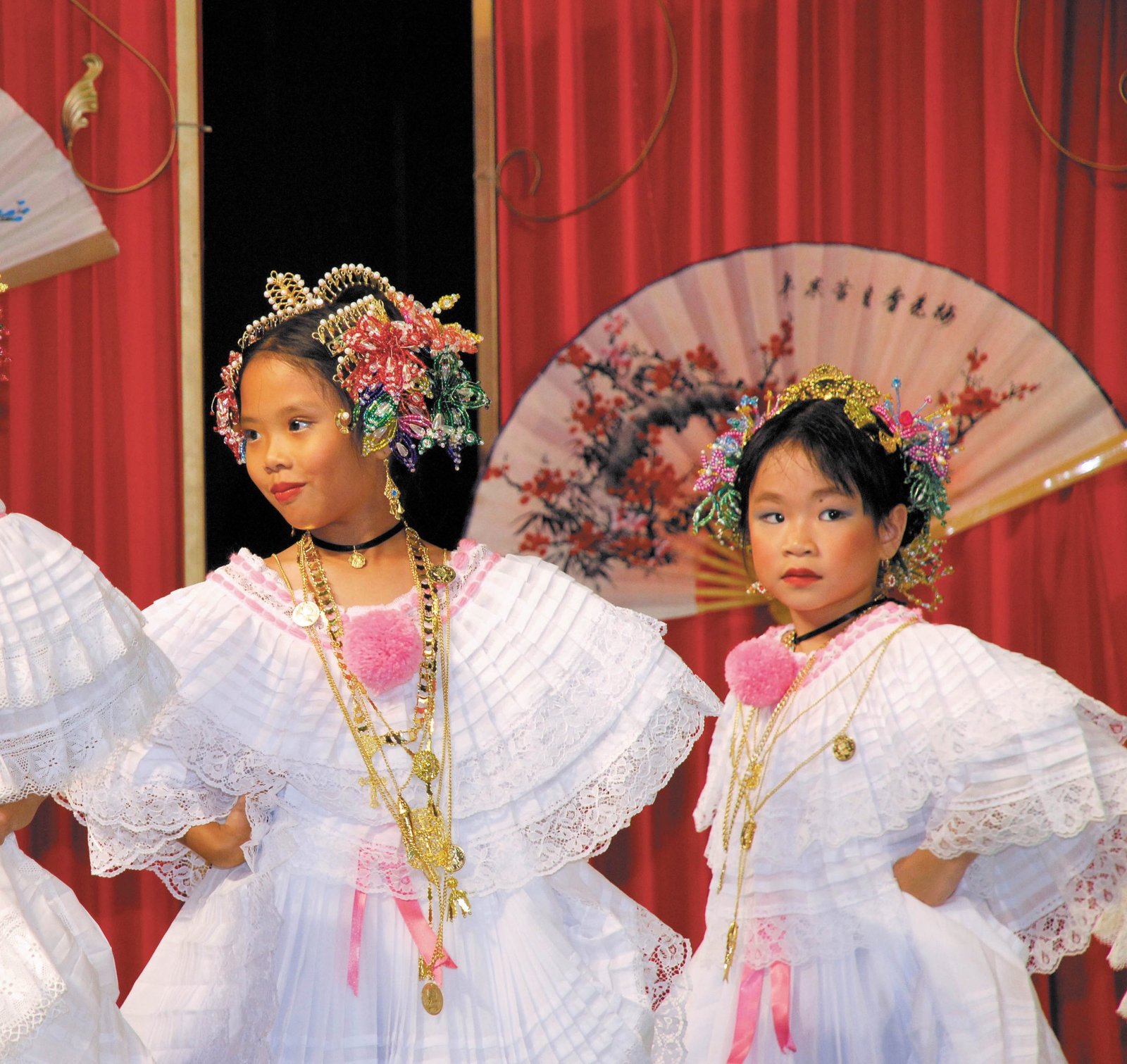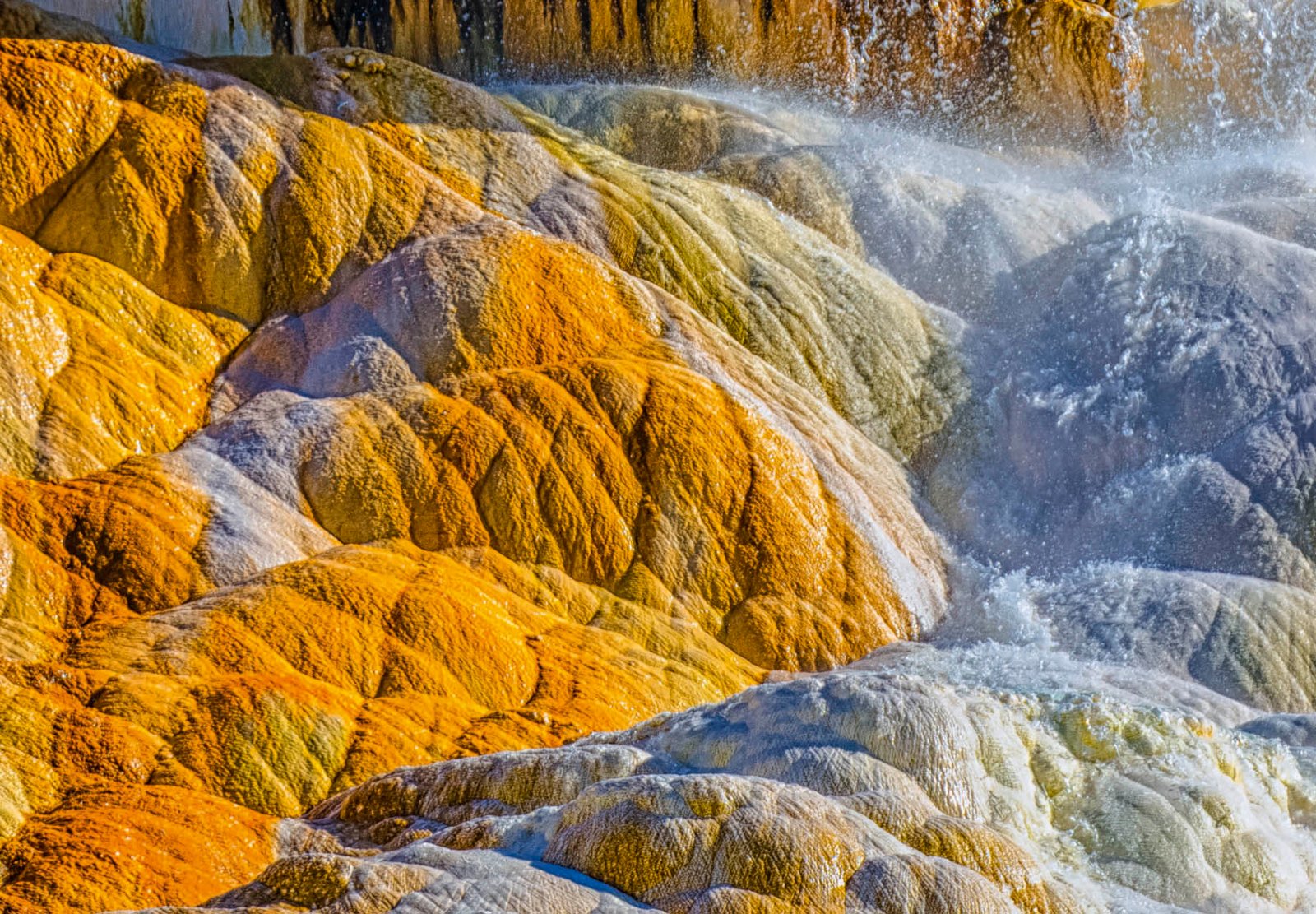
Agro tourism in Far-Flung Places
By Mónica del Pilar Uribe Marín
Photos : Demian Colman
Barbados has a picturesque, sparsely populated mountain region that encompasses most of the geological, geographic, and cultural characteristics of this island country in the Americas. However, unlike the rest of the island, which has a coralline foundation, this zone is essentially volcanic rock. This is curious, considering that there are no volcanoes in Barbados. This region is also home to Mount Hillaby (1115 ft. above sea level), Barbados’s highest point.
Called Scotland District, this land rests on an extensive fragment of mountain chain that lies beneath the sea. It is located in the northern part of the island in the parish of Saint Andrew. It is one of the country’s most untouched regions, as evidenced by the exuberant vegetation, the dense foliage of the trees, and the varied fauna, including the legendary green monkeys.
It has been compared to a bowl that holds the mountain backbone of Barbados and its forested areas, along with the eroded land that suffers mudslides. The latter may explain why Scotland District is sparsely populated and agriculture is not a primary or traditional activity here.
But it is precisely here that a project important to Barbados is being developed. Permaculture, regenerative agriculture, and agrotourism have found a home in this region. The project was locally inspired and also necessary; the creators seek to encourage self-sustainability and food security. Barbados is one of the richest countries in the Caribbean but it imports more than 90% of its food.

This is surprising to learn. Arriving in Barbados and seeing the great variety of fresh fruits, vegetables, and greens and the vast stretches of available land, you would think that conditions favor agriculture, but that is not the case; tourism and business have overrun the island. Nevertheless, there is an effort to show that Barbados can be a wealthy, self-reliant country that produces its own food. This was the motivation behind the 2013 founding of the Coco Hill Forest Reserve. The approximately 53,000 acres dedicated to agroecology welcome local and overseas visitors.
Coco Hill is largely the work of Mamod Partel and Romanus Clement, island residents and experts in ecological agriculture. It has not been easy, given the difficult topography. They have had to finance the project themselves and negotiate with local inhabitants who have a different way of looking at the land, according to Romanus, who led us to the natural repository of tropical flora that morning.
It was ten-thirty in the morning, but the day was just getting started in that part of the island. As we waited, our eyes swept over the surrounding forest, some chickens wandering about, a cat, birds, and a couple of structures for storing machinery and other tools. We noted trees of many heights and circumferences, including the breadfruit tree, which is very popular in Barbados, since the fruit can be roasted, fried, pureed, or even made into flour.

This forty-something man is a typical, smiling islander with a quick wit that we enjoyed throughout the day. Romanus apologized several times for being late. He grabbed a mango for breakfast and asked us to follow him.
We soon realized that Romanus is boss Mamod Partel’s right-hand man when it comes to turning Partel’s vision into reality. Permaculture is “a system of principles of agricultural, social, political, and economic design based on patterns and characteristics of the natural ecosystem.”
Our walk slanted upward along a well-maintained road. The clay and tamped gravel provided a firm walking surface and the foliage of the trees helpfully shaded the path. This is a very unusual walk, where the beauty of the forest, in all its color and sound, is a constant presence.
Romanus showed us the trees and described them. There are coconut palms, herbs, and vegetables. These were the first foods planted, intended for Partel’s café, which also serves homemade jams made of banana, ginger, pineapple, and other fruits.
Bamboo trees, ferns, medicinal shrubs, sugar cane, lemon trees, and royal palms offer a spectacular welcome to tourists who learn about this place from Romanus and Mamod and come to understand that “we are what we plant.”
A stroll around the mountain demonstrates the emphasis on agro-forestry: nurseries, seedbeds, and a greenhouse are proof that everything here is planted and harvested with an eye to the future. From there, we continue to the Mound outlook, Mango Walk, and the 101 steps up to Terrace Hill, Pineapple, and Ginger Roads. At the outlook, Romanus talks to us about Coco Hill Forest and Scotland District. We hear about permaculture and how to handle eroded soil via a technique they learned long ago: making terraces to limit erosion, a problem that affects virtually the entire district. The practice of regenerative agriculture has produced tropical fruits, trees, and medicinal plants, in addition to culinary herbs that were part of the island’s agricultural history but had been lost.

It has been difficult; not only is the local topography harsh, but the climate is not always favorable. Paradoxically, the project’s natural enemies —green monkeys— are also a tourist attraction. Romanus recognizes that the creatures are beautiful and intelligent, but the population has multiplied and often sabotages the project’s work by eating everything in sight. As you might expect, humans here have learned to live with the monkeys and understand them.
We reached an esplanade where yoga sessions were being conducted. We learned about the therapeutic green trail at the southern end of the hill. This particularly lovely path runs through bamboo, leafy ferns, and palm and fruit trees.
Coco Hill is a self-sustaining farm. Not only do they plant and recycle, they use fertilizer derived from the waste of farm animals, horses or chickens, or the scrapped coconut leaves and shells, which are ground into compost. Visitors who stay here to experience this way of life –and tourists passing through– share in the work. What is happening here is truly changing the future of Barbados. The farm is working toward true food security by creating a repository of plants and trees on the island, fighting erosion, and using ancient agricultural methods.
This is why agrotourism makes sense here. Time spent with Romanus and Mamod is more than an immersion in nature against a backdrop of bird song and rustling branches. It is also a rediscovery of ancestral techniques. Coco Hill was made to survive and it must.



